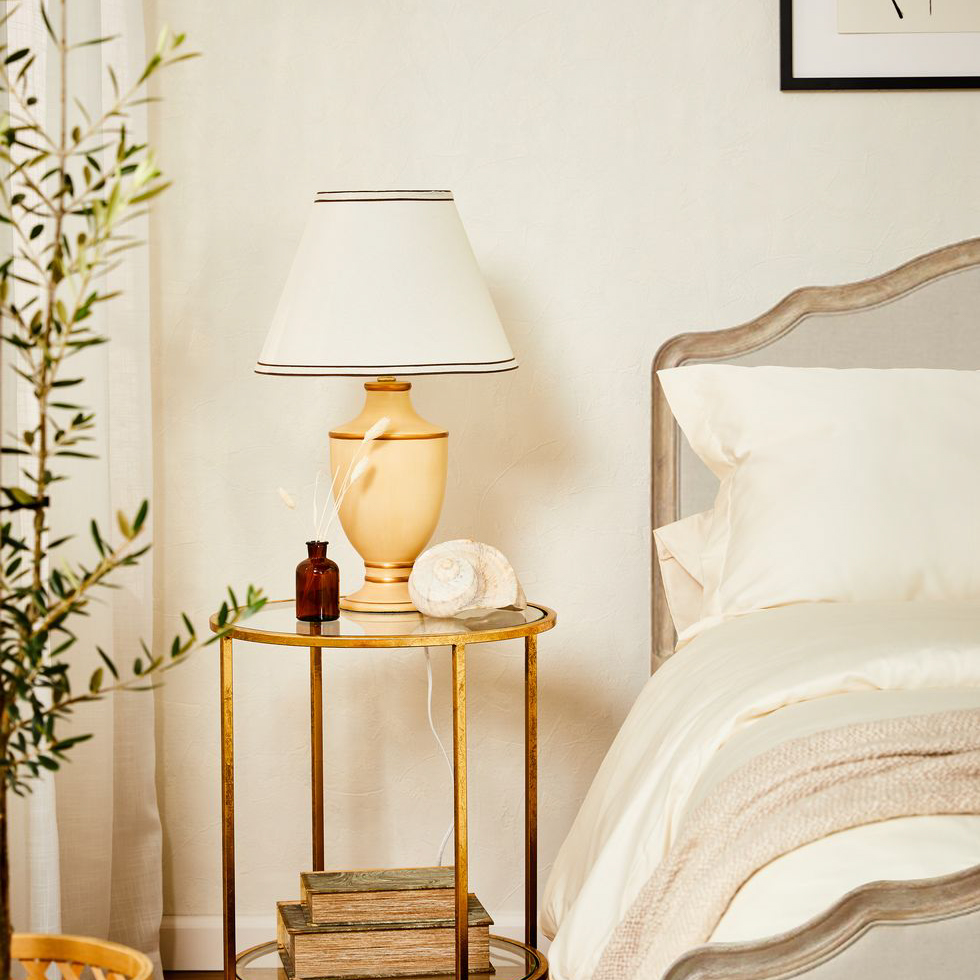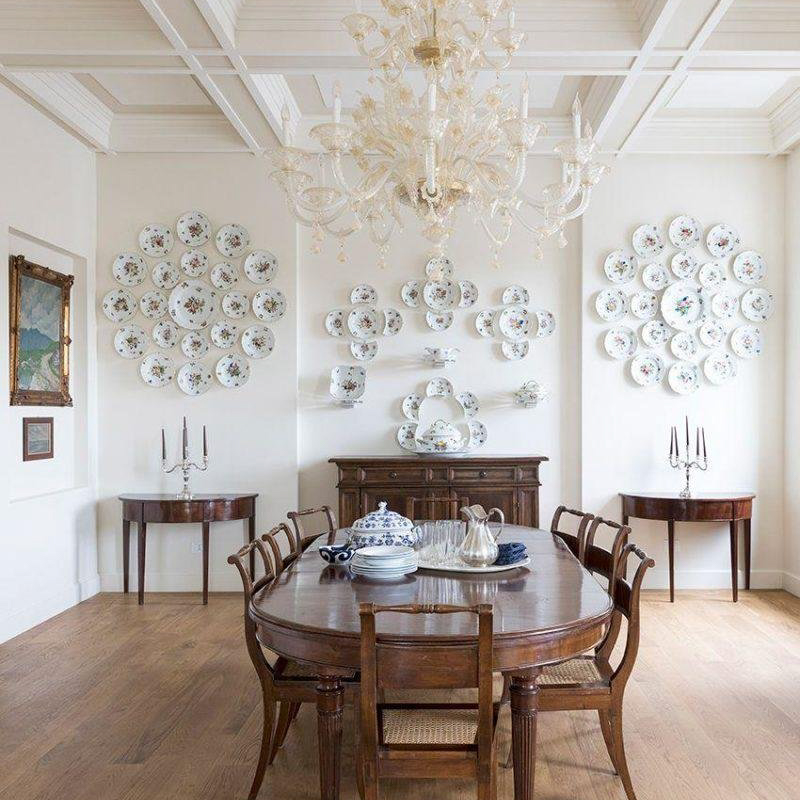Here is a systematic introduction to the selection method of lamps.
Brightness: Determines whether the light looks bright or not
The brightness here is a general qualitative concept, which is what we often say whether the light is on or not. But from a professional point of view, there are many factors that affect whether the lights are on or not.
Brightness is more inclined to the human eye’s perception of light, while illuminance is the actual amount of light emitted by the lamp.
Illuminance is expressed by luminous flux (lux LX), and the unit is LM/㎡, that is, lumens/square meter. The formula is: 1Lx=1 Lm/㎡. In layman’s terms, it is the amount of light per unit area that the human eye can see. Assuming that the object is uniformly illuminated by light, then when the luminous flux obtained on 1 square meter is 1 lumen, its illuminance is 1 lux.
For example, we suggest that the illuminance required for general event lighting at home is 100LX, which is 100LM/㎡. However, writing, reading and other tasks have relatively high lighting contrast requirements, requiring 300LX, that is, 300LM/㎡.

- Wattage: Determines the cost of electricity and indirectly determines the brightness
Using illuminance to measure brightness is relatively accurate, but this value is generally not marked on product details, and everyone has no idea about illuminance. For home use, it can be roughly measured in wattage.
In general, the higher the wattage, the brighter the fixture, all other things being equal. (The higher the wattage, the more power it consumes)
Take the LED light source as an example: for a lighting space with a main light, it is recommended to use 3~3.5W per square meter. If there is no main light, it can be calculated at 2.5~3W per square meter, and it can be used with ceiling lights or downlights/spotlights.
In the case of meeting the wattage, compare the parameters of LED bulbs, choose the one with high luminous flux (or lumen value, different names written by different manufacturers), the higher the luminous flux (lumen value), the brighter the bulb.
Reference suggestion for wattage per space: - It is recommended to use 5w downlights for the porch.
- The living room must be transparent and bright. The wattage is recommended to be 2.5-3w per square meter to calculate the wattage of the bulb. 60-80w is recommended for 20-30㎡, 100-150w is recommended for 30-40㎡, and 220-280w is recommended for 40-50㎡. , 50-70㎡ recommended 300-350w etc. If there is a reading area in the living room, a separate reading light source should also be added.
- The kitchen also needs sufficient brightness without leaving dark areas. The wattage is recommended to be 2.5-3w per square meter to calculate the wattage of the bulb. 8-13w is recommended for 3-5㎡, 13-25w is recommended for 5-10㎡, and 10-15㎡ is recommended. 25-38w.
- It is recommended to use 16w lamps in the bathroom. It is best to install an extra low-wattage lamp with low wattage. It is too dazzling to go to the toilet in the middle of the night.
- The bedroom is recommended to be soft, 13-25w is recommended for 5-10㎡, 25-38w is recommended for 10-15㎡, 38-50w is recommended for 15-20㎡, and more than 50w is recommended for >20㎡.
- Color rendering: determines the degree of restoration of true colors
Color rendering index is a very important but often ignored parameter, which reflects whether the lighting effect is good enough. It represents the color reproduction performance of the light source, and the color rendering under the sun is the highest, which is 100Ra. The more complete the spectrum of the light source, the better the color rendering: in artificial light, the color rendering of incandescent light is the best, and the color rendering of energy-saving lamps is relatively poor.

If you have budget or related quality pursuits, such as dining table, reading room, cloakroom, and meticulous operation space, you can choose Ra≥90, which can make the food look better, read for a long time more comfortably, and choose clothes and colors more accurately. For supplementary light sources, night lights, or light sources used to enhance the atmosphere, the requirements for display and brightness can be lowered.
Light with a high color rendering index has more realistic colors, while light with a low color rendering index is prone to distortion, and your eyes will get tired after a long time.
Below Ra50 is “poor”, Ra50-70 is “average”, Ra70-80 is “good”, and above 80 is “excellent”.
Ra<70 is used on public roads, Ra70-80 is used in stadiums, workshops, etc. It is recommended that the color rendering index Ra>90 is more suitable for home use, and the lamps and lanterns will be marked with this index, so pay attention to it when choosing.
- Beam angle
In terms of “type”, the downlight is fixed downward, and the spotlight is adjustable in direction.
In terms of “light”, there is no clear boundary between downlights and spotlights, and the planning and application are based on the degree of beam angle.
There is a simple way to identify the shading angle: if the depth d from the plane of the lamp port to the light source is similar to the length of the thumb, the shading angle is about 45 degrees. - Strobe & Blue Light
Since the household electricity is AC, there must be stroboscopic, but the LED will have its own driver to convert the AC to DC. If the stroboscopic LED is not driven well, it is also the main factor to distinguish different levels. In fact, the stroboscopic of the DC LED is very low.
| ambient light |
Ambient light is the conventional light source with the largest lighting range, and the direct light source and direction cannot be seen clearly, and it has soft lighting.
This kind of light source is not missing in almost any family, and it is even the only kind of light source, which is what we often call the main light.
In addition to the selection of lamps and lanterns to look good and practical, the installation also pays attention to some details:
(1) Lighting layout design
In the decoration design stage, it is necessary to plan well, and the electrician stage reserves a good line. From a practical point of view, try to distinguish the functions of the lamps and lanterns. Even if there is a main lamp, it can be divided into lighting, reading lighting, and night lights. The function of lighting.
(2), the height of the lamps and lanterns should be fixed
Different spaces have different lamp installation heights, for example:
The restaurant chandelier is 150-160cm from the ground
The bedroom chandelier is 180-220cm from the ground
The bedside wall lamp is 150-160cm from the ground